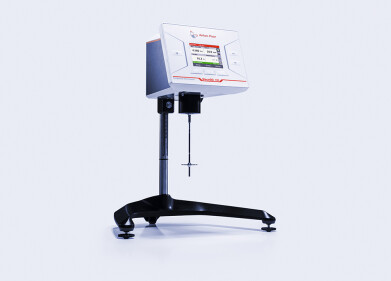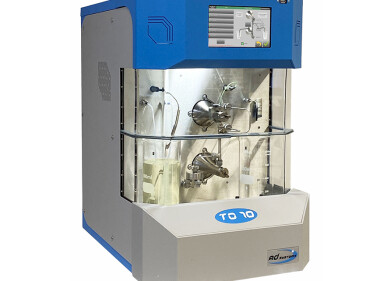Analytical instrumentation
Unleashing the analytical power of Inductively Coupled Plasma using Axetris MFCs
Mar 07 2018
ICP-MS and ICP-OES are powerful analytical techniques where gas flow control plays a critical role in plasma generation and control. Axetris MFCs provide key advantages towards ensuring the highest analytical performance. Inductively Coupled Plasma (ICP) combined with a Mass Spectrometer (ICP-MS) or an Optical Emission Spectroscope (ICP-OES) are extremely popular atomic spectroscopy techniques. Applications are wide-ranging within the environmental, food, pharmaceutical and semiconductor industries. Typically, ICP is an argon plasma reaching temperatures of up to 10'000 K, thereby allowing complete atomisation of the analyte into elements for a complete analysis.
Gas flow control plays a critical role in maximising analytical performance of ICP techniques:
- Plasma and auxiliary flows support plasma generation and control. The quality of plasma is directly related to precision of gas flow control.
- Nebulizer gas flow should be highly reproducible to achieve high detection limits for the particular analyte.
- Coolant gas flow should provide enough control resolution across a wide dynamic range to maintain system stability.
Argon is the most common gas used for plasma generation and control (standard flow rates 0-2 slpm and 0-20 slpm). Depending on exact technique used for a certain element, a reaction gas such as ammonia, oxygen or methane may also be used.
Precise and reproducible gas flow control is a key requirement Axetris mass flow solutions deliver a number of concrete advantages in ICP applications.
Precise gas flow control with no overshoot allows sensitive control of the plasma torch, and quick delivery of the collision and/or reaction gas to the MS collision cell. Reproducible gas flow control minimises instrument drift.
The unmatched dynamic range and low flow capability means analytical flexibility without compromising on control resolution at low flows.
Quick settling time (150 ms) of the MFC supports rapid and dependable switching between different modes, e.g. vented cell and pressurised cell mode for mass spectrometers.
Minimal leak rate of 10-5 mbar l/s He through the solenoid valve offers excellent positive shut-off (though an additional positive shut-off valve is recommended to ensure leak tightness to the collision cell).
Axetris Advantages in ICP applications:
- Extremely high repeatability of typically < 0.15% O.R.
- Unmatched dynamic range (> 1000:1) to provide flexibility across wide flow range of 0-20 slpm
- Ultra low flow control for tight control of plasma and analytical process
For further information please click here.
Digital Edition
PIN 25.5 Oct/Nov 2024
November 2024
Analytical Instrumentation - Picturing Viscosity – How Can a Viscometer or a Rheometer Benefit You? - Sustainable Grease Formulations: Evaluating Key Performance Parameters and Testing Method...
View all digital editions
Events
Jan 20 2025 San Diego, CA, USA
Jan 22 2025 Tokyo, Japan
Jan 25 2025 San Diego, CA, USA
SPE Hydraulic Fracturing Technology Conference and Exhibition
Feb 04 2025 The Woodlands, TX, USA
Feb 05 2025 Guangzhou, China





















